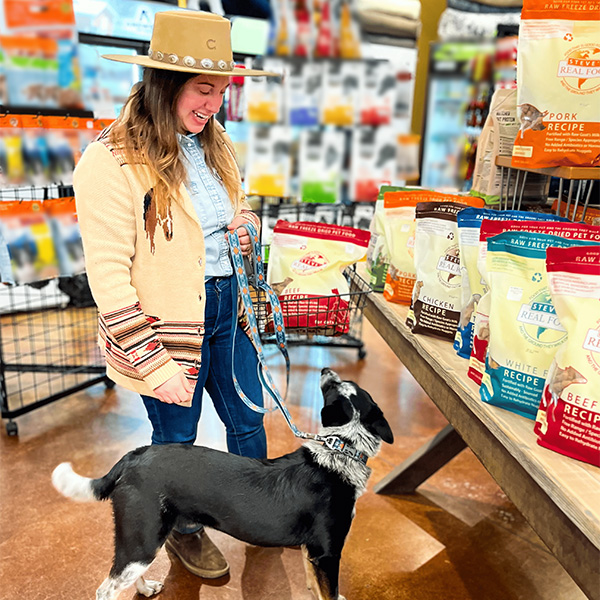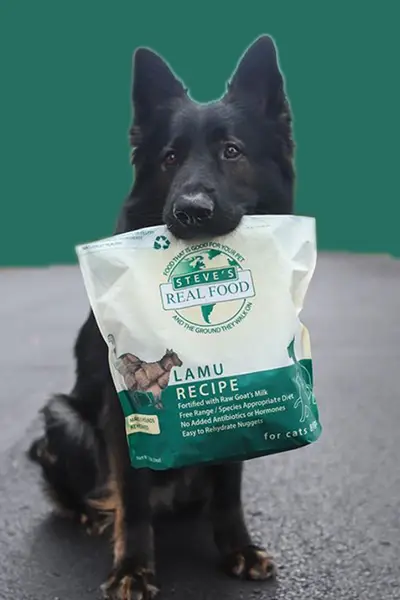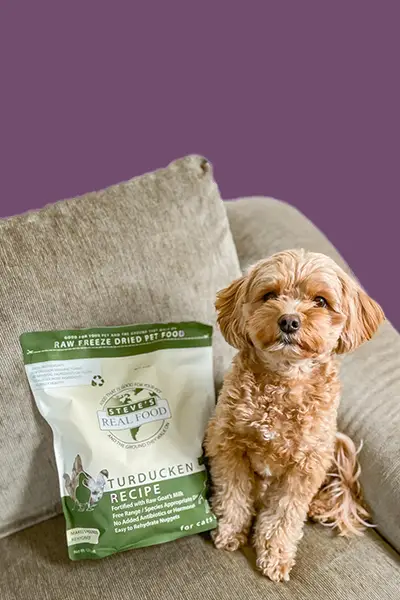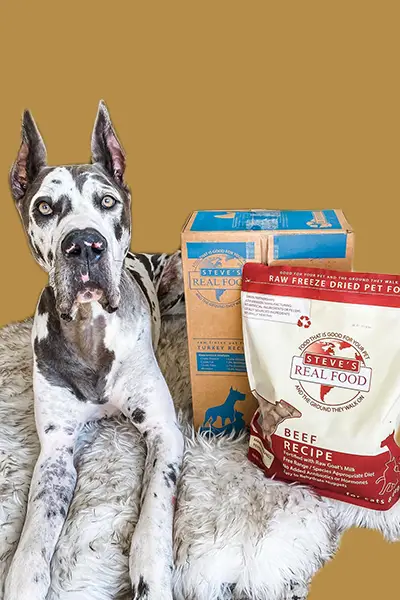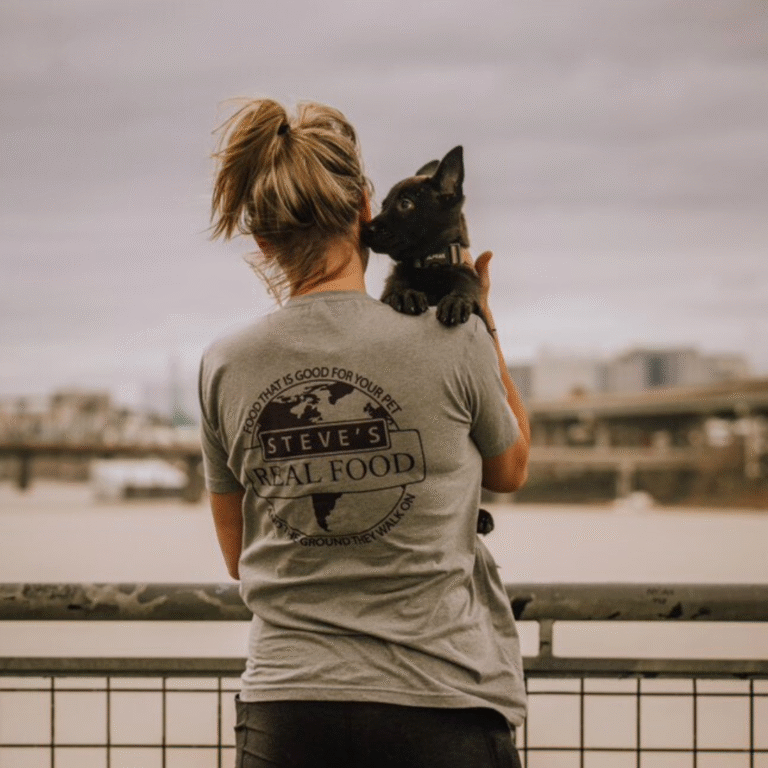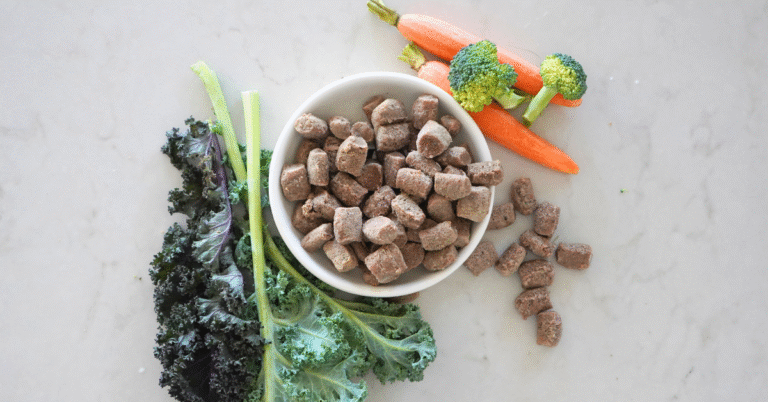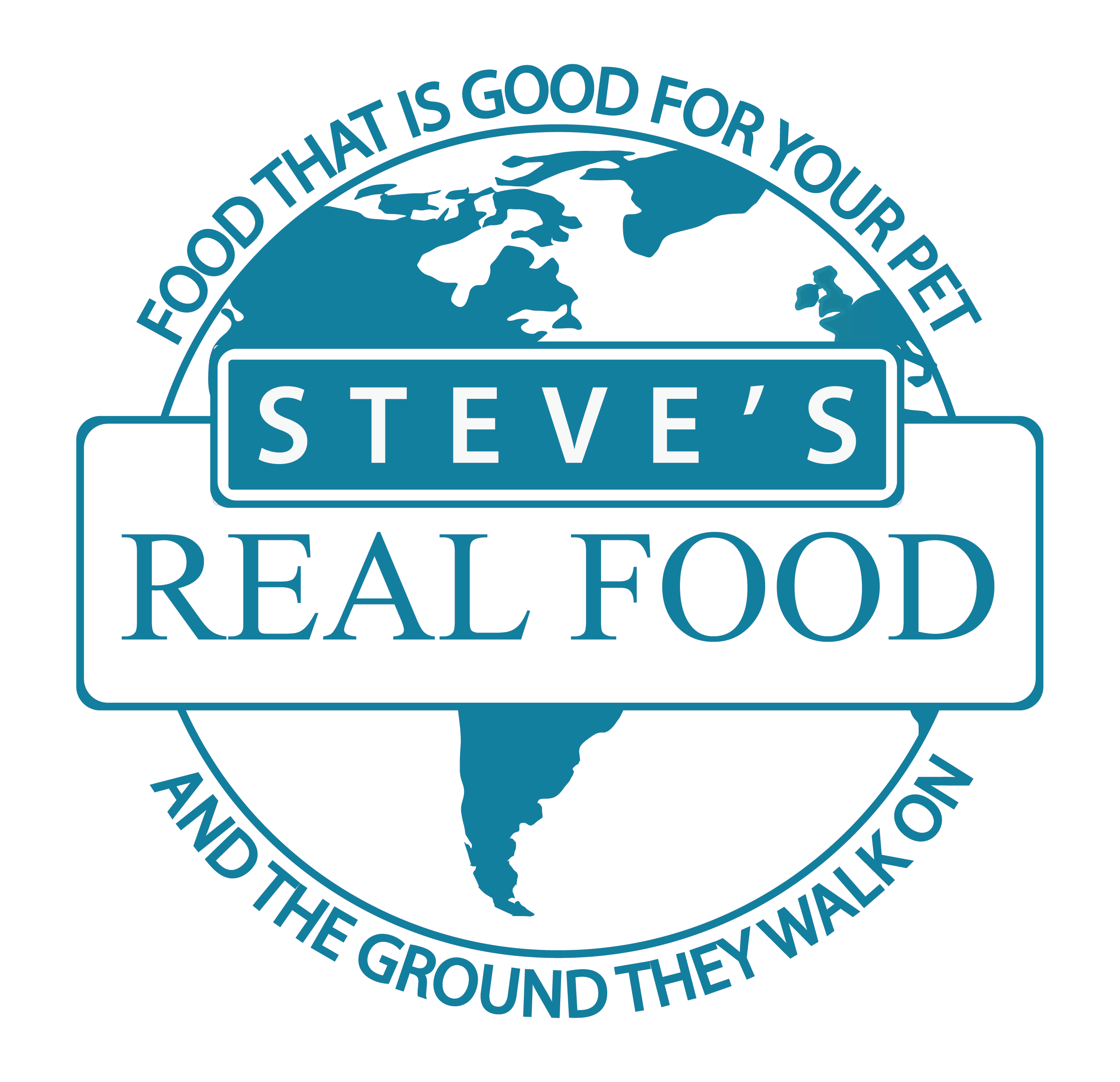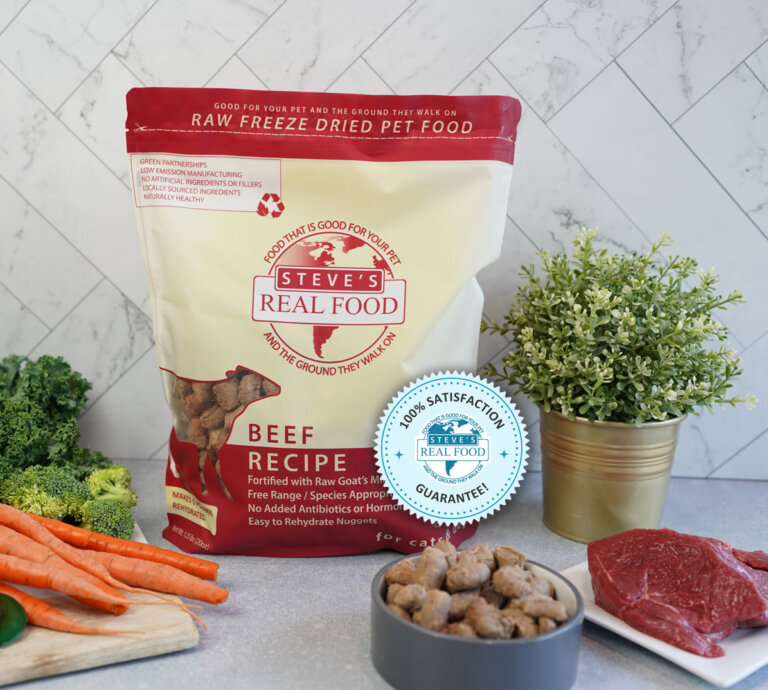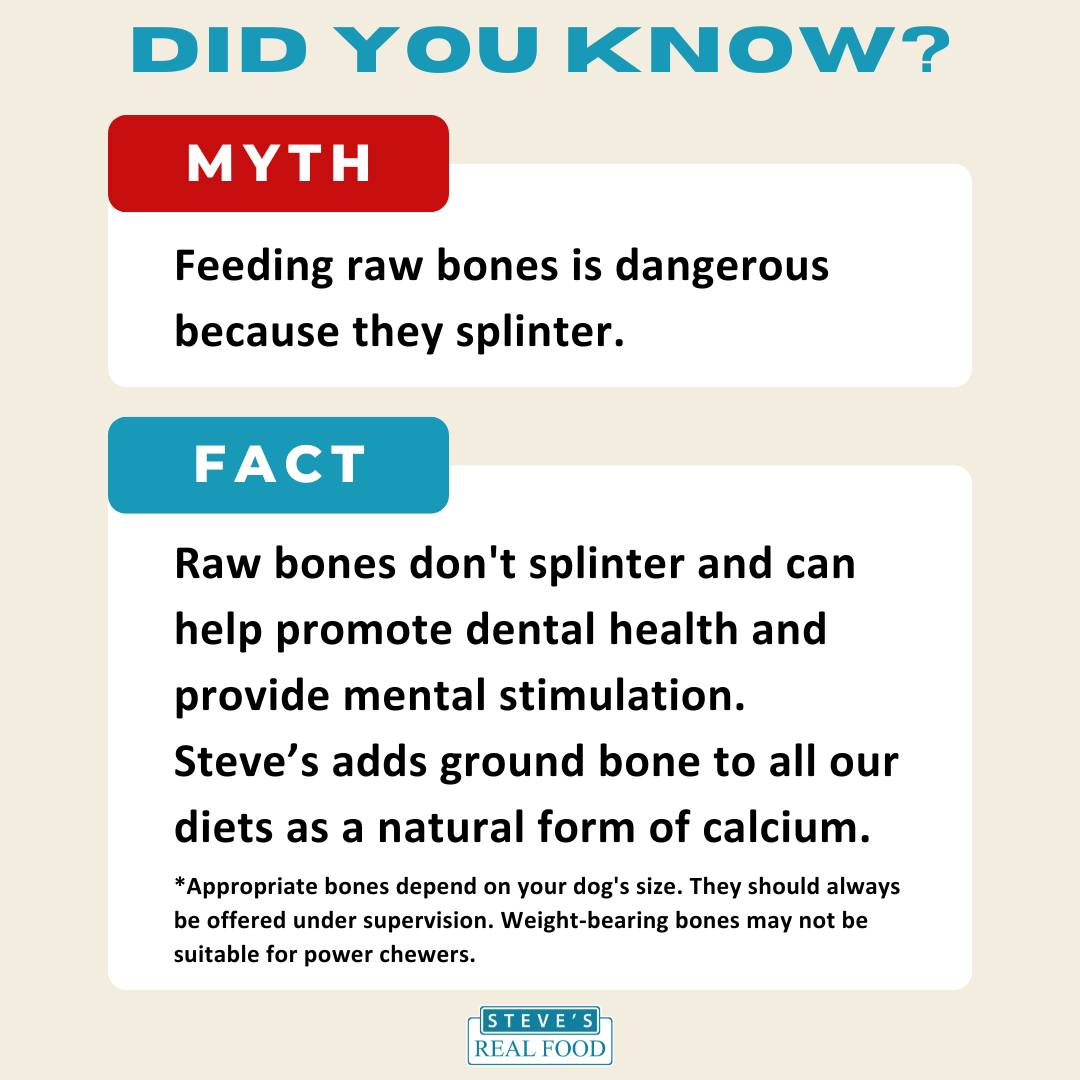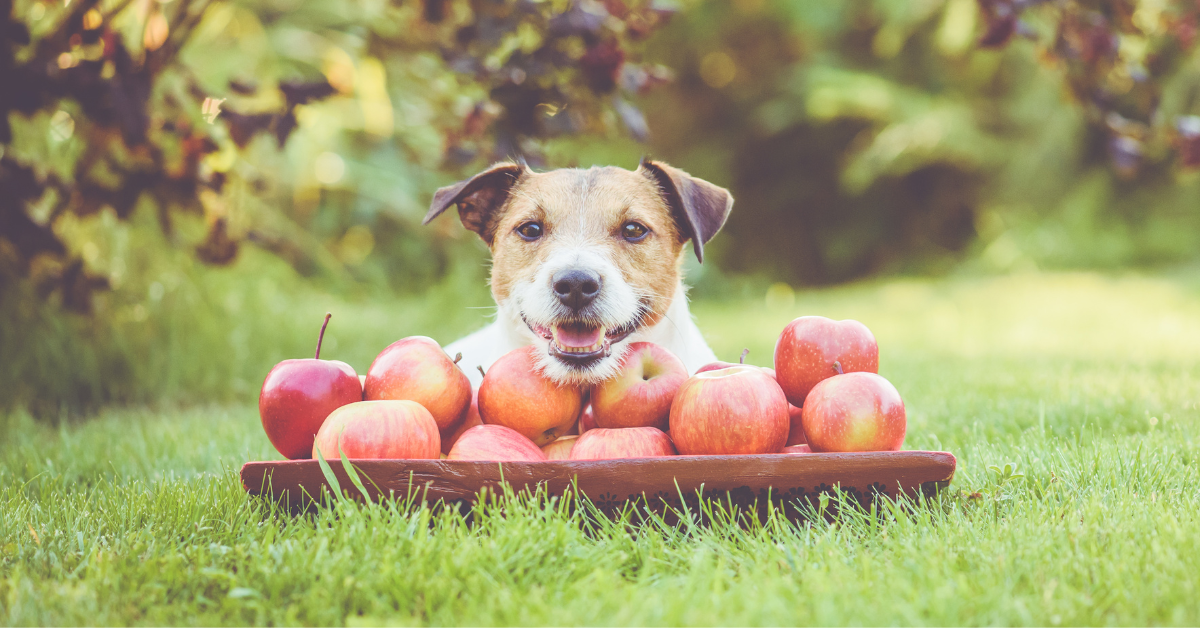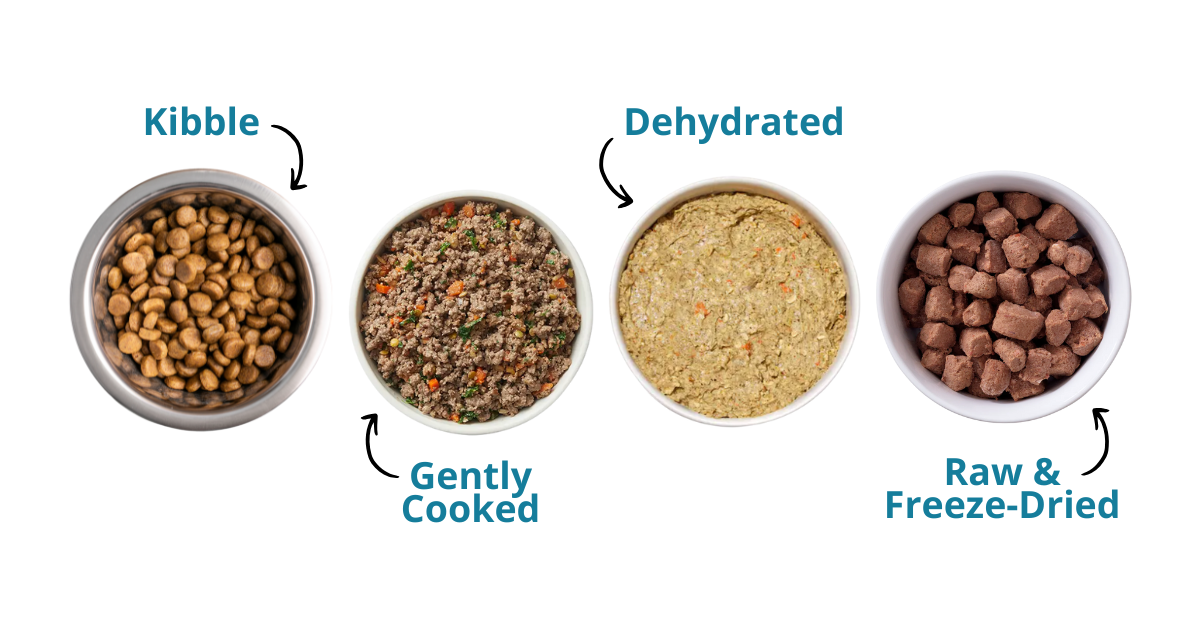Chewing and Puppies: A Natural Part of Development
Puppies explore the world primarily through their mouths. This phase of life often includes chewing on anything and everything they can find — from baseboards to socks. As their adult teeth begin to grow in, chewing offers relief from discomfort and pain caused by teething. Raw bones should not be introduced until after your puppy’s adult teeth have fully come in, typically around 6 months of age. Puppy teeth are more fragile and can be prone to fractures if exposed to hard or dense bones too early.
Why Adult Dogs Still Need to Chew
Chewing doesn’t stop being important after puppyhood. In fact, adult dogs benefit tremendously from regular chewing sessions. It keeps the jaw muscles strong, helps maintain oral hygiene, and provides mental stimulation. One of the best chewing options? Raw bones.
The Dental Benefits of Raw Bones for Dogs
There’s a common misconception that dogs need crunchy kibble to keep their teeth clean — and many pet food companies promote this idea. But when you think about it, crunching on dry kibble is a lot like us chewing on crackers or pretzels: it leaves behind starchy residue that can contribute to plaque and tartar buildup.
Raw meaty bones, on the other hand, offer a natural way to scrape away plaque as your dog gnaws and chews. The texture and resistance of the bone help clean teeth and massage the gums, supporting a healthier mouth overall. Plus, raw bones don’t contain the added sugars, starches, or fillers that many dental chews or biscuits do.
Are Bones Good for Dogs?
Nutritional Value of Raw Bones
Beyond dental benefits, raw meaty bones for dogs are packed with essential nutrients that support your dog’s overall health. These include:
- Calcium and phosphorus for strong bones and teeth
- Healthy fats and amino acids to nourish the skin and coat
- Raw enzymes that support digestion and immune health
Chewing on raw meaty bones (like turkey necks or beef knuckle bones) can also help mimic the natural feeding behaviors of your dog’s wild ancestors.
Mental and Emotional Benefits of Chewing
Chewing provides more than just physical perks — it also supports your dog’s emotional well-being. The repetitive act of chewing or licking a bone can help release endorphins, which can soothe and relax anxious or bored dogs. A frozen raw bone on a hot summer day is a great way to keep your pup cool, calm, and entertained.
Safety Tips for Giving Raw Bones
Every dog chews differently, so it’s important to match the type of bone to your dog’s chewing style. For example, some dogs are gentle chewers who do well with softer, edible bones like poultry necks, while power chewers may need larger, more durable recreational bones — though even then, caution is required to avoid potential tooth fractures.
Here are a few tips to chew safely:
- Always supervise your dog while they’re chewing
- Choose appropriately sized bones based on your dog’s breed and chewing habits
- Never offer cooked bones, which can splinter and cause serious internal injuries
- Limit chew time to prevent overuse or GI upset
Raw Bones Help Dogs Thrive
Providing safe raw bones for dogs to chew is one of the most beneficial things you can do for their physical health, dental hygiene, and mental enrichment. Raw bones not only have dental benefits but also provide calcium and minerals for your dog. They are rich in healthy essential fatty acids, amino acids, and raw enzymes. When chosen wisely and supervised properly, bones can be an enriching part of your dog’s routine — keeping them busy, satisfied, and healthy from the inside out.
***We recommend getting to know your dog’s chewing style. Recreational bones may not be appropriate for extreme chewers with strong jaws, as tooth fracture is a possibility. Always supervise your dogs while they chew.***
 Beef
Beef Chicken
Chicken Whitefish
Whitefish Pork
Pork Lamb
Lamb Turkey
Turkey Turducken
Turducken All Protein
All Protein Beef
Beef Chicken
Chicken White Fish
White Fish Pork
Pork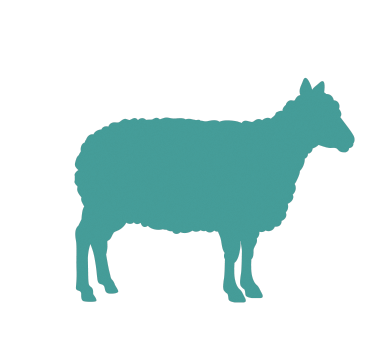 Lamb
Lamb Turkey
Turkey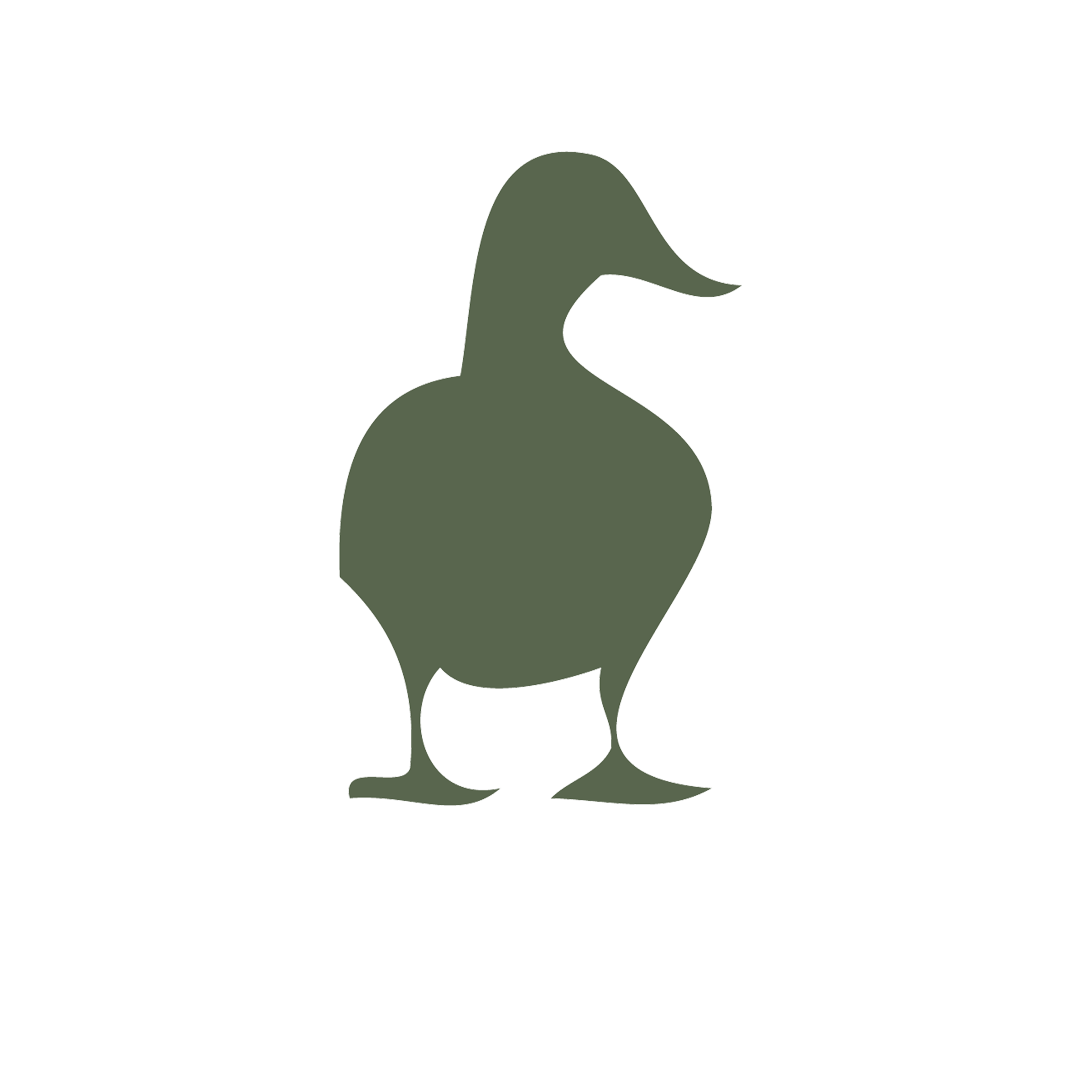 Duck
Duck All Products
All Products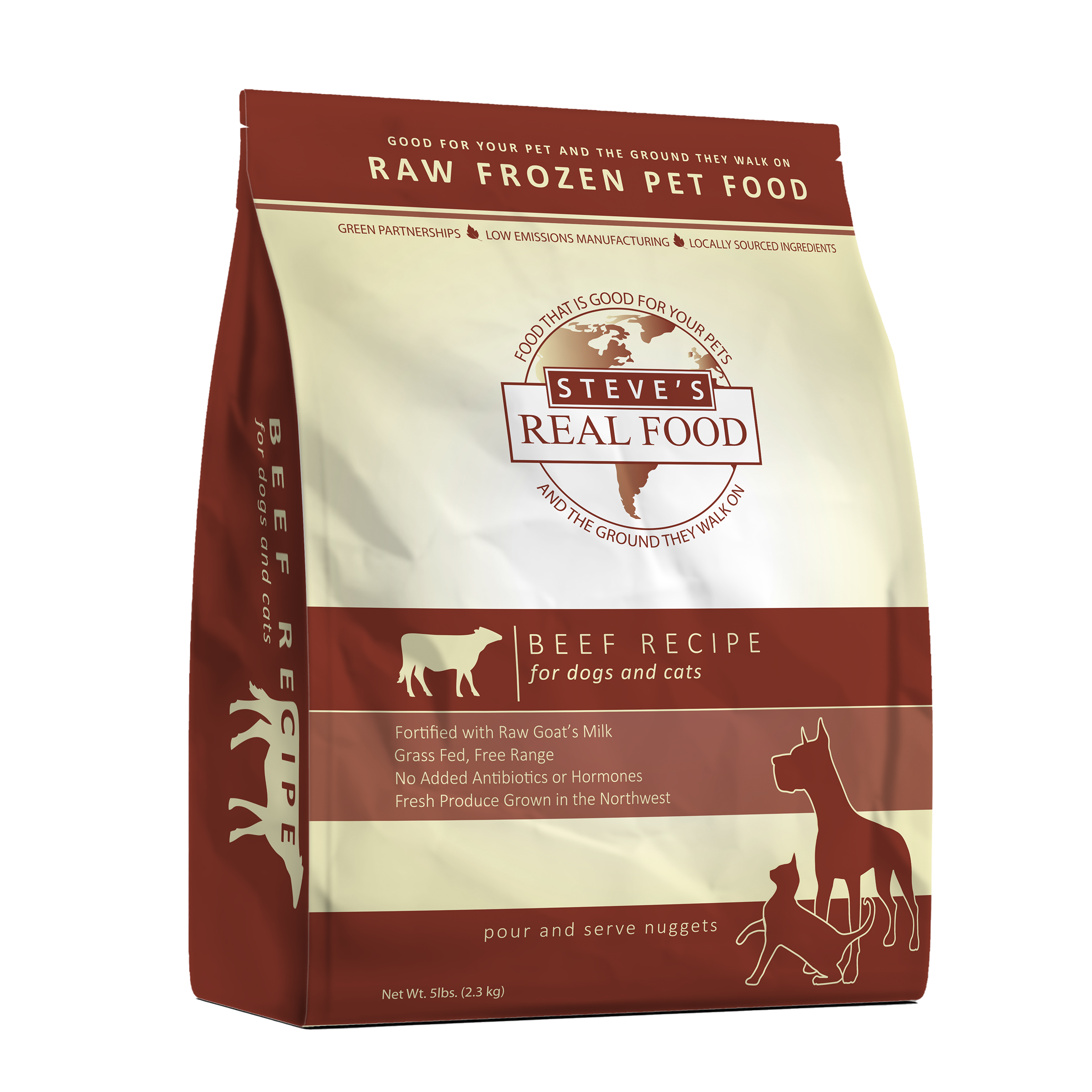 Frozen Raw Pet Food
Frozen Raw Pet Food
 Freeze Dried Raw Pet Food
Freeze Dried Raw Pet Food
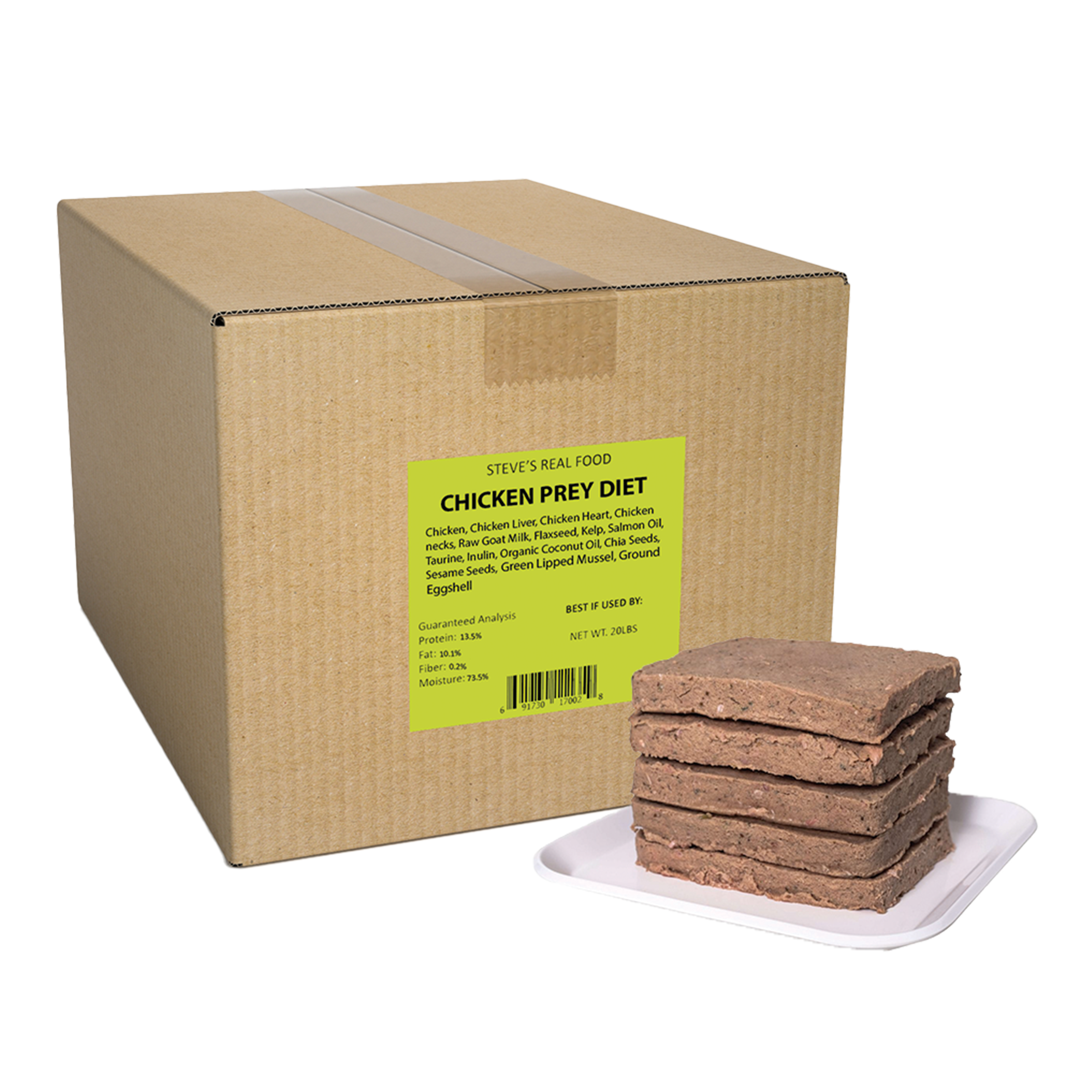 Frozen Prey Diet
Frozen Prey Diet
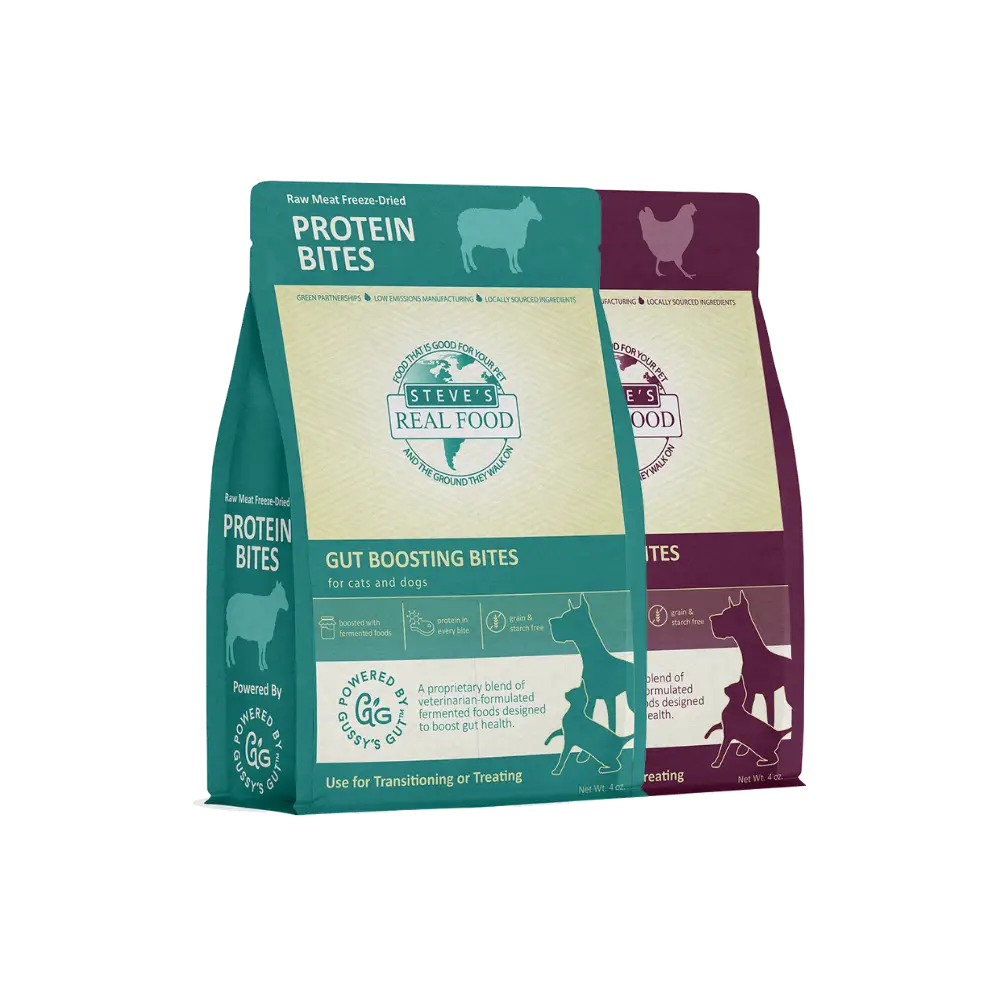 Freeze Dried Protein Bites
Freeze Dried Protein Bites
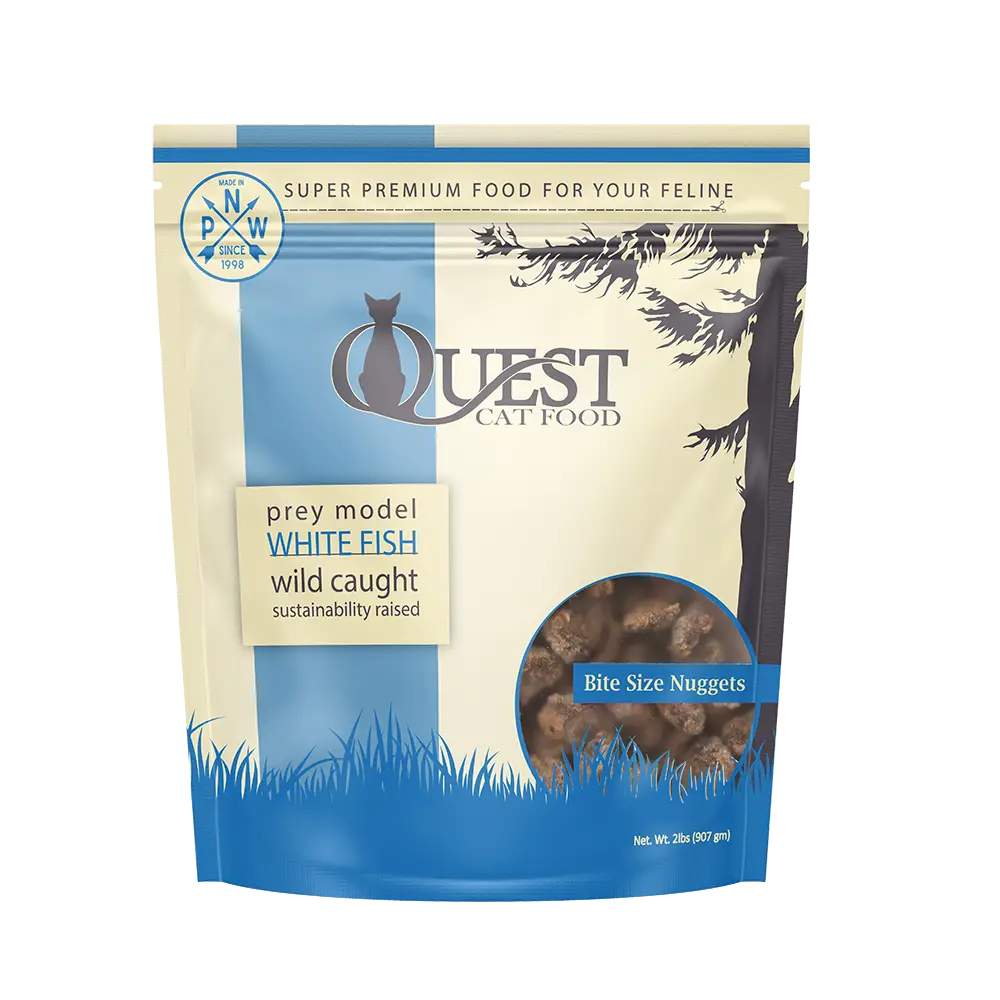 Frozen Quest
Frozen Quest
 Freeze Dried Quest
Freeze Dried Quest
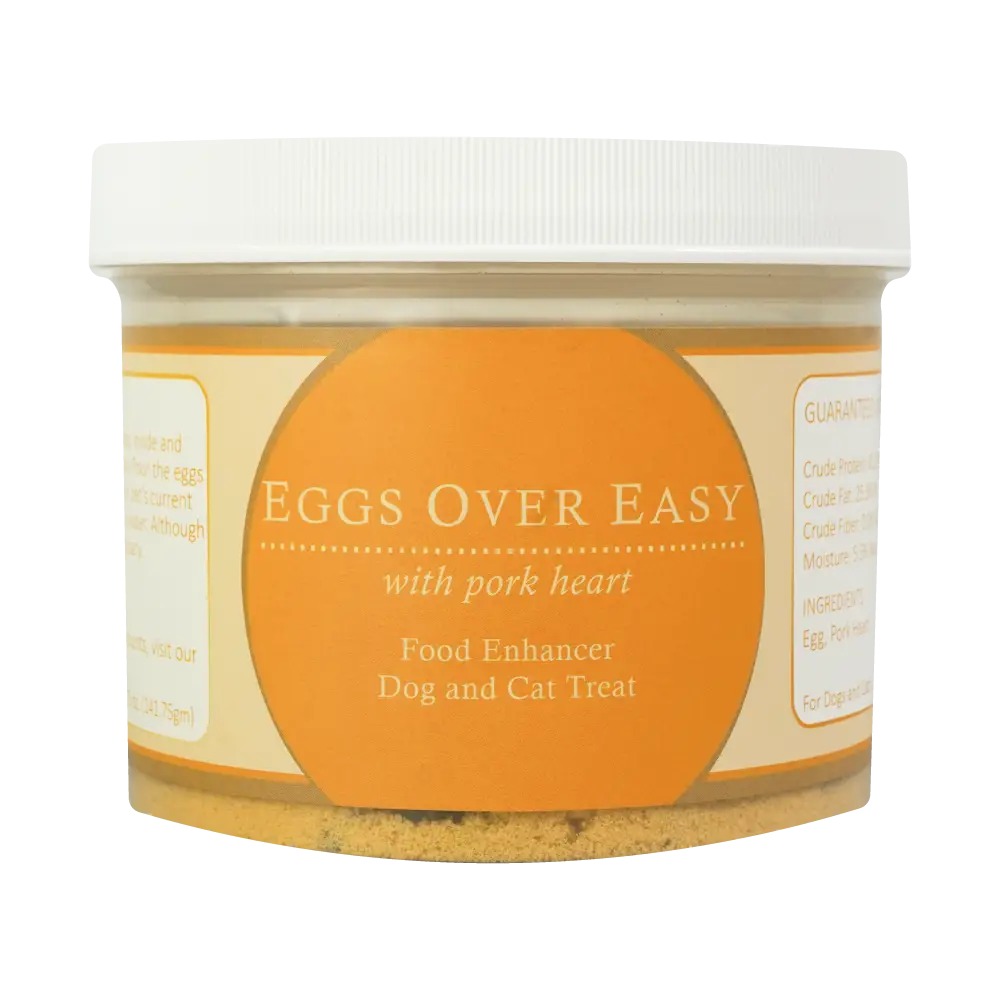 Eggs over Easy
Eggs over Easy
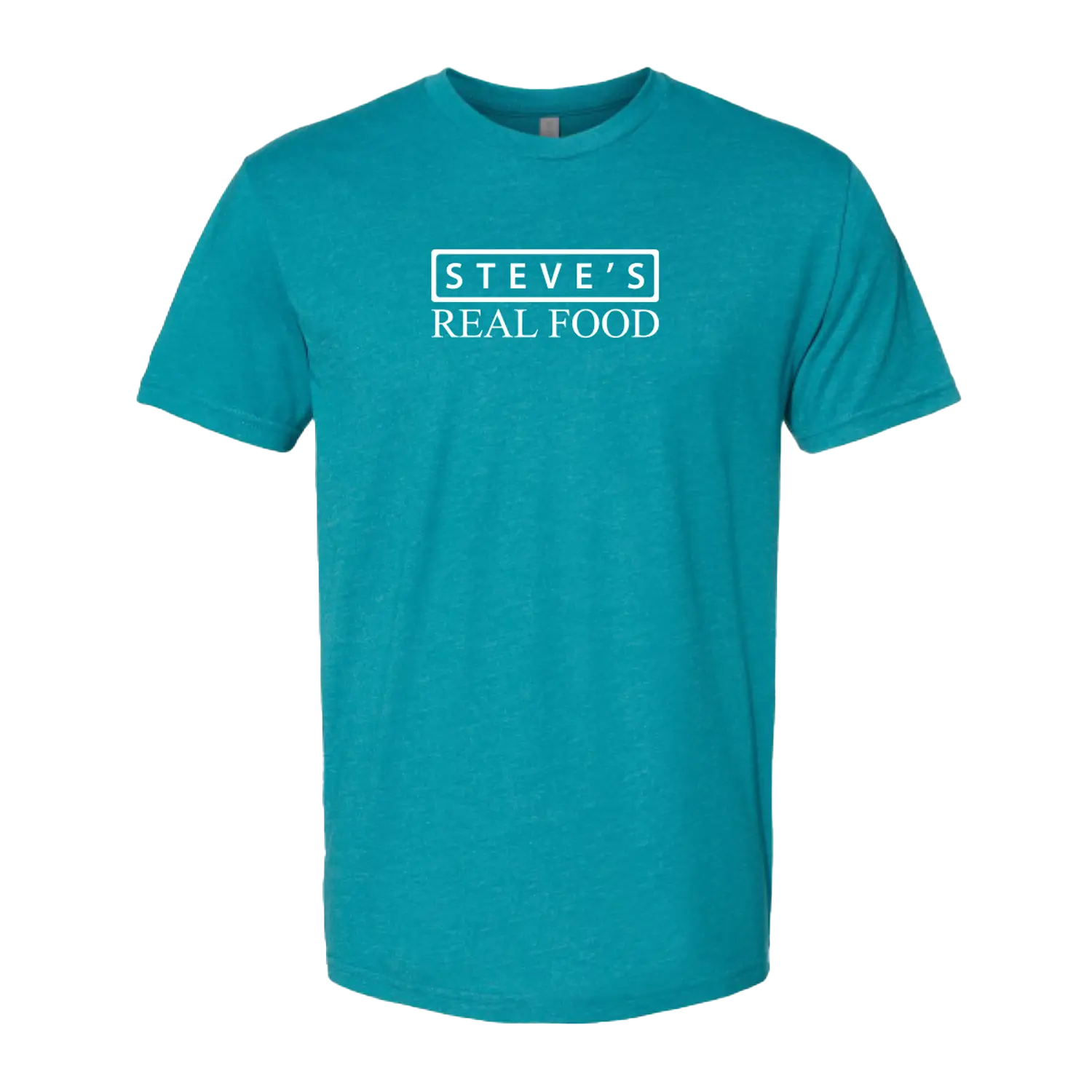 Steve's Merch
Steve's Merch 